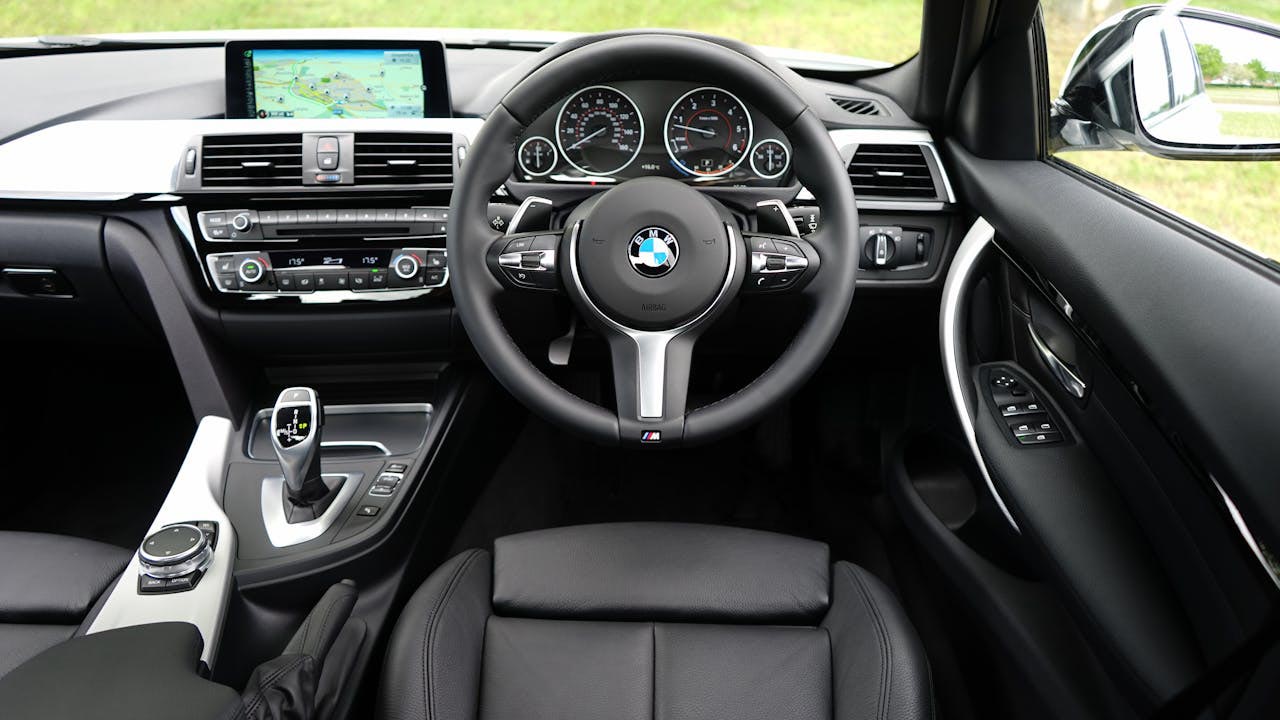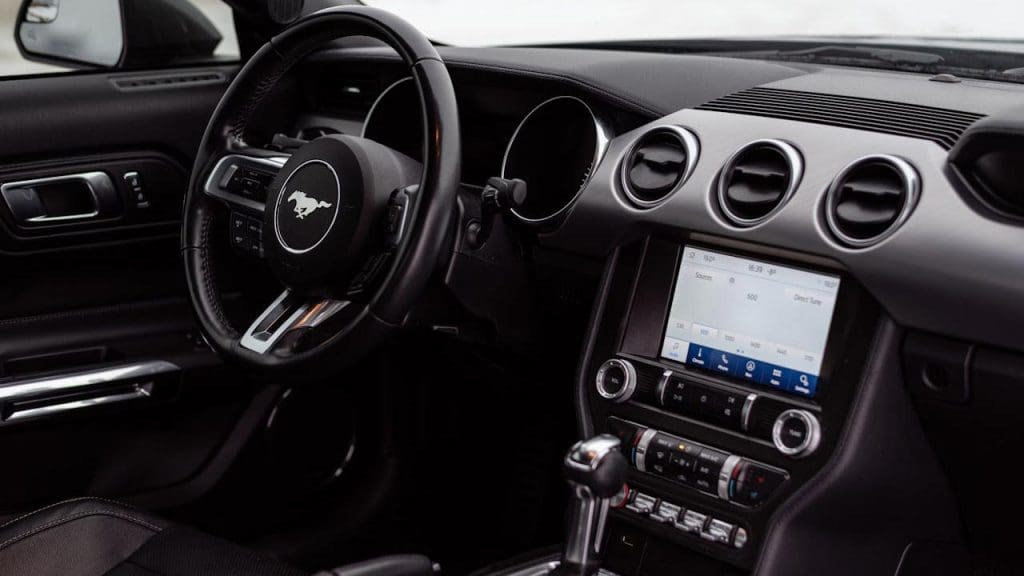
As we move towards 2026, regulatory changes are reshaping the automotive landscape. Authorities are scrutinizing car features that could pose security, safety, or privacy concerns. Here are six car features that are on the chopping block worldwide.
Biometric Data Collection Systems

Countries like the United States and some European nations are clamping down on biometric data collection systems in vehicles due to privacy concerns. These systems, which include fingerprint, facial recognition, and iris scanning, are under scrutiny for how they store and use sensitive data.
While biometric systems offer added security and personalization, the potential for misuse and data breaches has led to calls for tighter regulations. The growing awareness around data privacy means manufacturers need to rethink how they implement these technologies in future vehicle models.
Autonomous Driving without Manual Override

In a bid to enhance road safety, the European Union and Japan are considering banning fully autonomous vehicles that lack manual override capabilities. The concern is that without a human fallback, cars might not handle unexpected situations adequately.
This decision reflects the broader hesitance to trust technology entirely with passenger safety. By ensuring that drivers can take control when needed, these regulations aim to provide a safety net as autonomous technology continues to evolve.
In-Vehicle Advertising Displays

Countries like Australia and Canada are moving towards banning in-vehicle advertising displays. These screens, which display ads based on your location or driving habits, are criticized for being distracting and intrusive.
While these displays offer a new revenue stream for manufacturers, they compromise the driver’s focus and privacy. The pushback against such systems underscores the need for a balance between innovation and user safety.
Excessive Exterior Lighting Modifications

Excessive and non-standard exterior lighting modifications are being targeted by regulators in the United States and the United Kingdom. These modifications, often used for personalization, can lead to visibility issues for other drivers, increasing the risk of accidents.
The emphasis is on maintaining a standard that ensures all road users can see and be seen appropriately. As discussions around vehicle safety continue, expect stricter guidelines on what lighting is permissible on public roads.
Integrated Social Media Access

With the growing concern over distracted driving, nations like South Korea and Germany are taking steps to ban integrated social media access in vehicles. These systems, which allow drivers to browse or post on social media platforms, are seen as significant distractions.
By removing these features, regulators aim to keep drivers focused on the road. As automotive technology advances, ensuring that convenience doesn’t compromise safety remains a top priority.
Unregulated Vehicle-to-Vehicle Communication Networks

Regulators worldwide, including those in China and Brazil, are focusing on unregulated vehicle-to-vehicle communication networks. These networks, essential for the future of autonomous driving, can be vulnerable to hacking and data breaches without proper regulation.
Establishing standards for these networks is crucial for ensuring secure and efficient communication between vehicles. As the automotive industry moves towards greater connectivity, addressing these security concerns will be critical to gaining public trust.